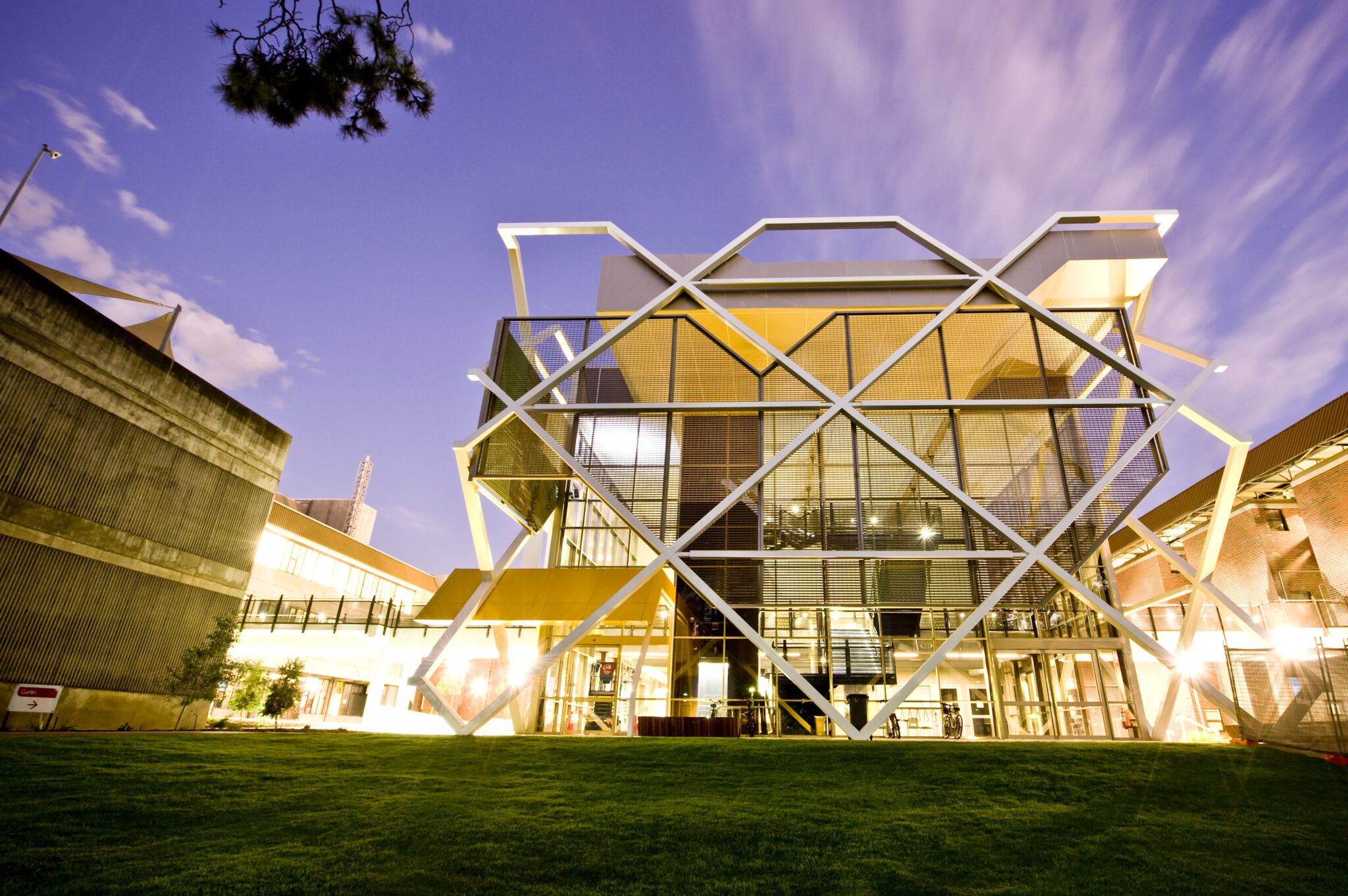Curtin University researchers have joined a new national initiative to enhance Australia’s advanced manufacturing capabilities through the Additive Manufacturing Cooperative Research Centre (AMCRC). The project brings together universities, industry partners, and government to build a connected additive manufacturing ecosystem across Australia. The AMCRC aims to transform industries including defense, aerospace, healthcare, automotive and construction through industrial 3D printing technologies.

The Australian Government has invested $58 million in the AMCRC through its Cooperative Research Centres program. The initiative will connect 14 research partners and more than 50 industry collaborators over the next seven years. This collaboration focuses on driving innovation, commercialization, and skills development in additive manufacturing.
Curtin University will contribute expertise in materials science, materials characterization, corrosion, and advanced manufacturing to the project. Researchers from the university’s John de Laeter Centre and the Curtin Corrosion Centre will work with industry partners including Austal, a leading Australian shipbuilder. The university’s participation will primarily focus on developing materials for defense and marine engineering applications.
“Additive manufacturing is reshaping the way products are designed, built and delivered across the world,” said Professor Melinda Fitzgerald, Curtin University Deputy Vice-Chancellor Research. “Curtin is proud to contribute to this national initiative, helping to drive cutting-edge research that will advance Australia’s sovereign manufacturing capability and unlock new economic opportunities.”
Dr. Karl Davidson from Curtin’s John de Laeter Centre noted the potential impact of the collaboration: “Over the next decade, additive manufacturing is poised to transform supply chains, increase production efficiency and reduce waste. Our teams at Curtin will be applying world-leading expertise to develop stronger, lighter, and more sustainable materials for use in industries like defence and marine engineering.”
The university’s research will specifically target mining, agriculture, and marine-grade additive manufacturing technologies. This work aims to strengthen Australia’s sovereign capability in critical sectors, particularly defense. Curtin’s involvement leverages its research facilities and large-scale 3D printing platforms to advance manufacturing research in Western Australia.
Source: curtin.edu.au

